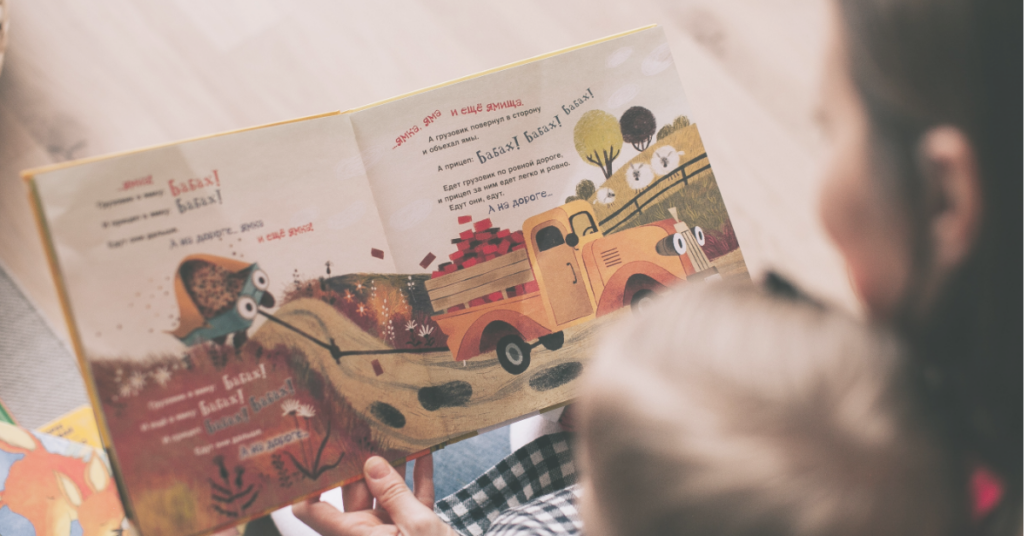Raising Emotionally Strong Kids in a Fast-Paced World
Life is full of ups and downs, and as much as we wish we could shield our children from every hardship, the truth is—resilience is built through experience. Emotional resilience isn’t about avoiding challenges but about learning how to navigate them with confidence, self-awareness, and a strong support system.
As parents, we play a crucial role in shaping our children’s ability to handle stress, disappointment, and change. The good news? We don’t need grand lessons or complex strategies to nurture emotional resilience—it happens in the everyday moments.

What Is Emotional Resilience and Why Does It Matter?
Emotional resilience is a child’s ability to manage emotions, adapt to change, and bounce back from difficulties. It’s what helps them face setbacks, solve problems, and develop confidence in themselves.
Children who are emotionally resilient tend to:
- Manage frustration and disappointment more effectively
- Build strong relationships with peers and family
- Develop problem-solving and coping skills
- Feel confident in expressing their emotions
- Learn from mistakes rather than fearing them
And the best part? Resilience is a skill that can be nurtured from an early age!
Everyday Ways to Foster Emotional Resilience in Kids
1. Normalise Big Feelings
Children need to know that all emotions are okay. Frustration, sadness, anger, excitement—it’s all part of being human. Instead of dismissing feelings with phrases like “You’re fine” or “Don’t be upset”, try validating their experience:
💡 Instead, say: “I see that you’re feeling frustrated. That’s okay. Let’s take a deep breath together.”
When kids feel safe expressing their emotions, they develop confidence in handling them.
2. Model Healthy Coping Strategies
Kids learn by watching us. If they see us reacting to stress with frustration or overwhelm, they’ll mirror that behaviour. Instead, we can model healthy coping strategies:
- Taking deep breaths when feeling overwhelmed
- Talking about emotions openly
- Practicing self-care and rest
- Approaching problems with a solutions mindset
💡 Try this: The next time you’re feeling stressed, say out loud: “I’m feeling overwhelmed, so I’m going to take a few deep breaths before I respond.” This teaches them that emotions are manageable.
3. Encourage Problem-Solving (Even When It’s Hard)
It’s tempting to jump in and fix things when our kids struggle, but real resilience comes from working through challenges themselves.
💡 Instead of fixing, ask:
- “What do you think we could try?”
- “How could we solve this together?”
- “What’s another way to look at this situation?”
By guiding rather than solving, we help them build confidence in their own abilities.
4. Let Them Fail (Safely)
Mistakes and failures are some of the greatest teachers in life. When our little ones experience setbacks in a safe, supportive environment, they learn that mistakes are not the end of the world—they’re learning opportunities.
💡 Reframe mistakes: “Mistakes help our brains grow! What did we learn from this?”
This simple shift helps kids develop a growth mindset, which is a key component of emotional resilience.
5. Build a Strong Emotional Connection
Resilience isn’t just about handling difficulties; it’s also about knowing that no matter what happens, there’s a safe place to land. Strong, connected relationships with caregivers provide the foundation for resilience.
Ways to Build Emotional Connection
- Daily one-on-one time – Even just 10 minutes of undistracted connection can make a difference—whether it’s chatting over breakfast, cuddling on the couch, or a silly dance party in the kitchen.
- Meaningful conversations – Instead of the usual “How was your day?” (which often gets a quick “Good”), try:
- “Tell me something that made you laugh today.”
- “What’s one thing you’d like to do again tomorrow?”
- “Did anything feel tricky today? How did you handle it?”
- “If today had a colour, what would it be?”
These small shifts invite richer, low-pressure conversations that help kids open up naturally.
- Hugs, gentle touch, and words of affirmation – A reassuring hand squeeze, a warm hug, or even a simple “I love spending time with you” can go a long way in making kids feel safe, loved, and connected.
- Play, laughter, and joy! – Connection doesn’t always have to be serious. Join in on their play, tell a silly joke, or let them “win” a race down the hallway—because joy builds trust and deepens bonds.
💡 Try this: Start a bedtime ritual where you and your child share one thing that went well today and one thing they’re looking forward to tomorrow.

Helping Kids Bounce Back from Disappointment
Whether it’s losing a game, struggling with a new skill, or facing a conflict with a friend, disappointments are inevitable. But how we respond as parents can shape how our kids learn to process these experiences.
1. Offer Empathy Before Solutions
Instead of jumping into “fix-it” mode, start with empathy.
💡 Say: “I can see you’re really disappointed. That makes sense. I’d feel that way too.”
Once they feel heard, they’ll be more open to problem-solving.
2. Encourage a Growth Mindset
Remind kids that skills and abilities grow over time.
💡 Try this: “You can’t do it yet, but with practice, you’ll get better.”
3. Focus on Effort Over Outcome
Instead of saying, “You’re so smart!”, try “I love how hard you worked on that!” This teaches kids that persistence is more important than instant success.
Final Thoughts: Raising Resilient, Emotionally Strong Kids
Nurturing emotional resilience isn’t about preventing hardship—it’s about equipping our children with the tools to handle life’s challenges with confidence, curiosity, and courage.
By modelling emotional awareness, fostering problem-solving, and building a strong connection, we create a foundation where kids feel safe to grow, explore, and thrive.
Let’s embrace the everyday moments that teach resilience—the scraped knees, the lost games, the tough emotions—and show our kids that they are capable of navigating whatever comes their way.

📩 Join Our Community
Want more tips on raising resilient, emotionally strong kids?
Sign up for our newsletter and be part of a supportive community of parents who are on this journey together. Let’s uplift and encourage each other every step of the way! 💛




Pingback: - Stay-at-Home Learning Life